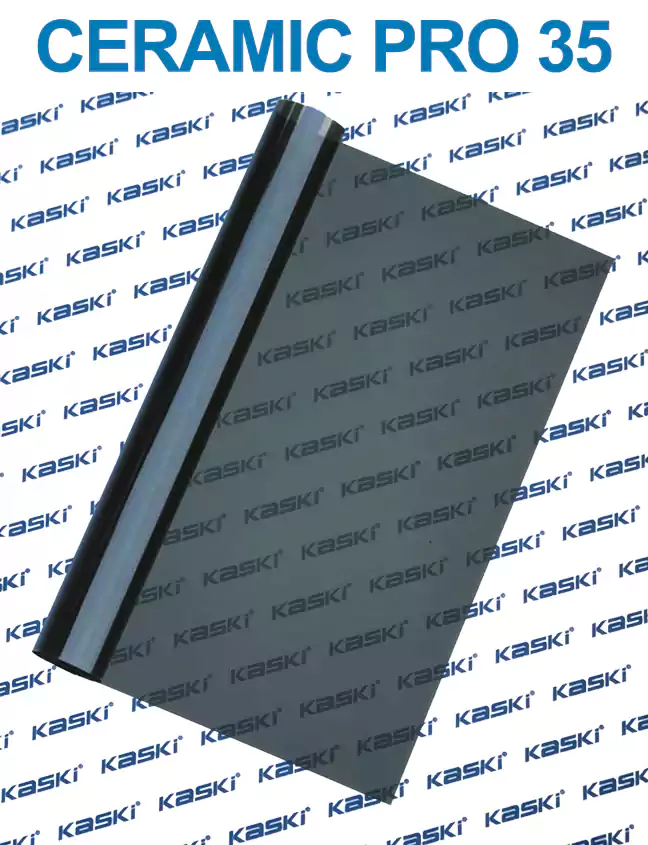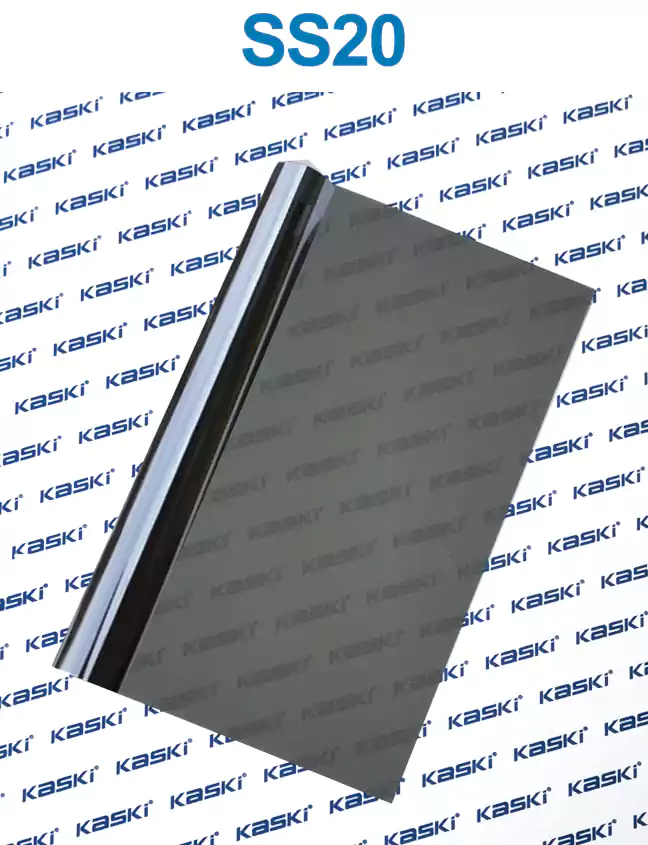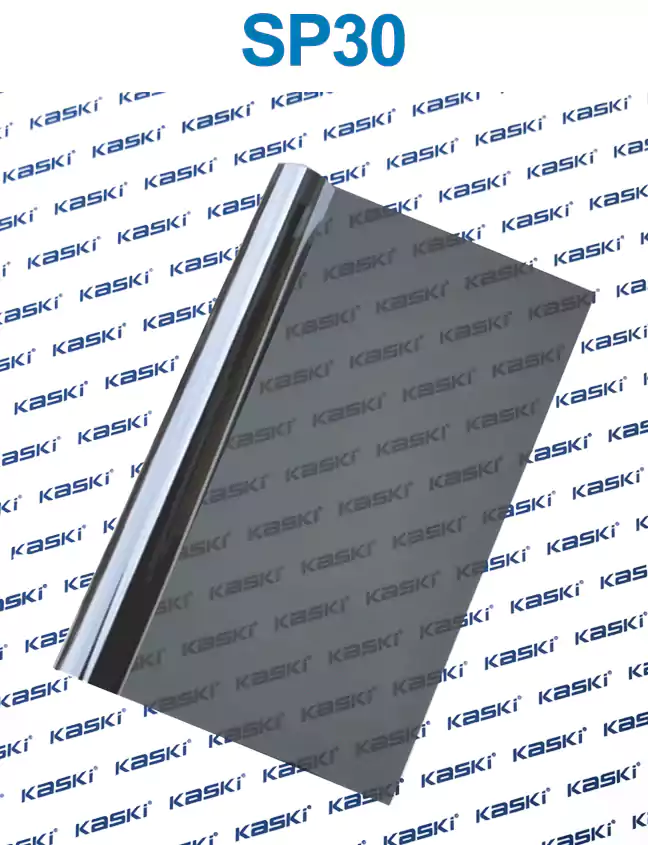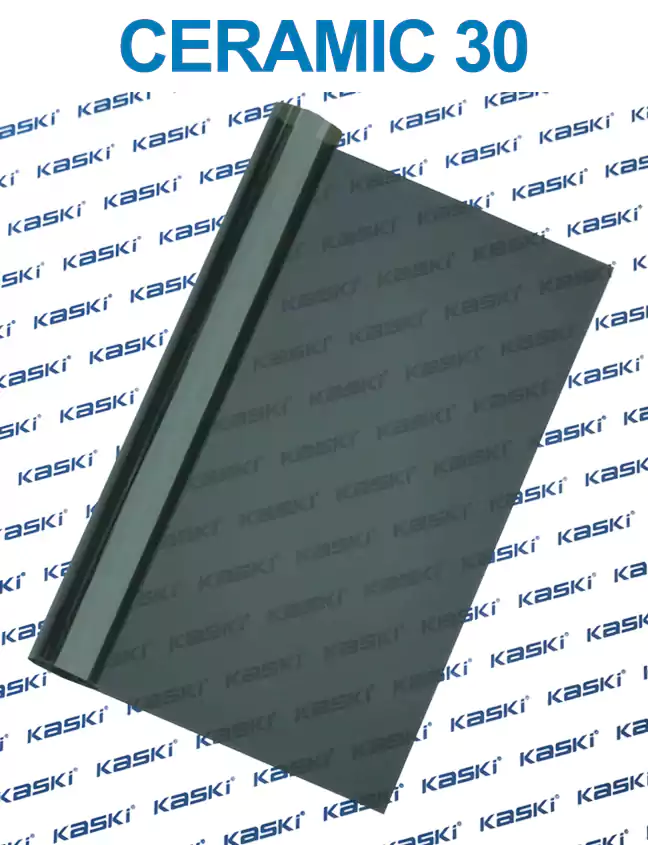Automotive window tinting is a popular and practical solution for enhancing the comfort, safety, and energy efficiency of your vehicle. Whether you're looking to reduce glare, protect your interior, or keep your car cooler in the summer, tinting your windows can provide a wide range of benefits. In this comprehensive guide, we'll explore the principles of automotive window tinting, the advantages it offers, and provide a detailed case study of a successful installation.
The Principles of automotive window tinting
Window tinting works by applying a thin, transparent film to the interior of your vehicle's glass. This film is designed to block a significant portion of the sun's ultraviolet (UV) and infrared (IR) rays, while still allowing natural light to pass through. The tinting material is typically made from a combination of dyes, metals, and adhesives, which are carefully engineered to provide the desired level of heat and glare reduction.
The Advantages of heat control window film
1. Reduce Heat and Glare: Tinted windows can significantly reduce the amount of heat and glare entering your vehicle, making it more comfortable to drive, especially during the hot summer months.
2. Protect Your Interior: The UV-blocking properties of window tinting can help prevent the fading and deterioration of your car's interior, including upholstery, dashboards, and decorative curtains or blinds.
3. Increase Energy Efficiency: By blocking the sun's heat, tinted windows can help reduce the workload on your car's air conditioning system, leading to improved fuel efficiency and lower energy costs.
4. Enhance Privacy and Security: Tinted windows can provide an extra layer of privacy, making it more difficult for passersby to see into your vehicle.
5. Improve Safety: Certain types of window tinting can help hold the glass together in the event of an accident, reducing the risk of shattering and potential injuries.
6. Customizable Appearance: Window tinting can be customized to suit your personal style, with a wide range of shades and tint levels available to choose from.
A Detailed Installation Case Study
To illustrate the process of automotive window tinting, let's consider a case study involving a 2020 Toyota Camry.
The vehicle owner, Sarah, was looking to improve the comfort and energy efficiency of her Camry, as well as protect the interior from the sun's damaging rays. After researching various tinting options, she decided to go with a high-quality ceramic tint film that would block up to 99% of harmful UV rays and reject up to 60% of the sun's heat.
The installation process began with a thorough cleaning of the vehicle's windows, ensuring a smooth and secure application of the tint film. The technician then carefully measured each window and cut the tint film to the precise size, ensuring a perfect fit.
Next, the tint film was applied to the windows, starting with the side windows and working towards the rear glass and windscreen. The technician used a specialized tool to smooth out any air bubbles or wrinkles, ensuring a seamless and professional-looking finish.
Once the tinting was complete, the vehicle was left to "cure" for a few days, allowing the adhesive to fully bond with the glass. During this time, Sarah was advised to avoid rolling down the windows or exposing the tint to direct sunlight.
After the curing process, Sarah was thrilled with the results. The tinted windows not only made her Camry look more stylish, but they also significantly reduced the amount of heat and glare entering the cabin. She reported feeling much more comfortable while driving, and noticed a noticeable improvement in her car's fuel efficiency due to the reduced workload on the air conditioning system.
Testimonials
"I've had my Toyota Camry tinted for over a year now, and I couldn't be happier with the results. The ceramic tint has made a huge difference in keeping my car cool and comfortable, even on the hottest days. I highly recommend it to anyone looking to improve their driving experience." - Sarah, Camry owner
"As a busy mom, I was really struggling with the heat and glare in my minivan. After getting the windows tinted, it's made such a noticeable difference in my day-to-day driving. The tint has blocked the sun's rays, and my kids are much more comfortable in the backseat. It was a great investment for our family." - Emily, Minivan owner
Conclusion
heat control window film is a simple and effective way to enhance the comfort, safety, and energy efficiency of your vehicle. By understanding the principles of tinting and the various advantages it offers, you can make an informed decision about the best solution for your car or truck. Whether you're looking to reduce glare, protect your interior, or stay cooler in the summer, tinted windows can provide a range of benefits that make the investment well worth it.


















